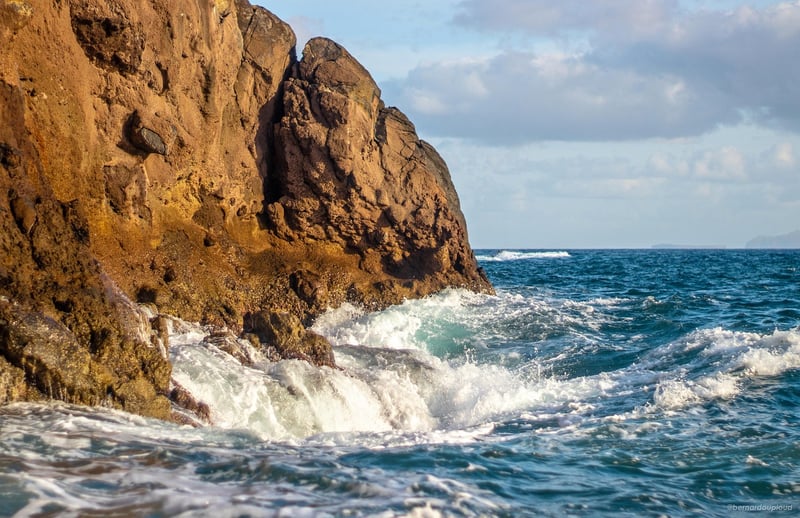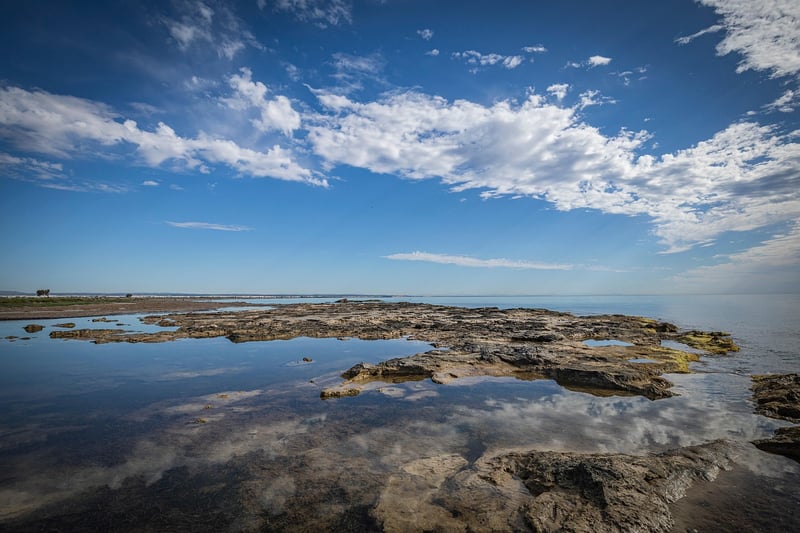Mars Terraforming
Exploring Potential Habitats on Mars and the Concept of Terraforming
As humanity looks towards the stars for potential colonization and exploration, Mars has emerged as a prime candidate for future human habitation. With its similarities to Earth in terms of day length and axial tilt, Mars presents unique challenges and opportunities for establishing habitats and potentially terraforming the planet.
Potential Habitats on Mars
One of the key considerations for settling on Mars is the availability of suitable habitats for human life. Researchers have identified several potential locations on Mars that could support human habitation:
- Underground Caves: Mars is known to have lava tubes and caves that could provide natural shelter from radiation and extreme temperatures.
- Craters: Impact craters on Mars could be used to create enclosed habitats that shield inhabitants from the harsh Martian environment.
- Polar Regions: The polar ice caps on Mars contain water ice that could be melted for drinking water and used for agriculture.
The Concept of Terraforming Mars
Terraforming is the theoretical process of transforming a planet to make it more Earth-like and habitable for humans. While still in the realm of science fiction, the concept of terraforming Mars has captured the imagination of scientists and visionaries alike.
Key steps in terraforming Mars could include:
- Increasing the Atmosphere: Introducing greenhouse gases to thicken the Martian atmosphere and trap heat, leading to global warming.
- Melting the Polar Ice Caps: Releasing the trapped CO2 and water vapor in the polar ice caps to further thicken the atmosphere.
- Creating Oceans and Lakes: Melting more ice to create bodies of liquid water on the Martian surface.
Conclusion
While the prospect of settling on Mars and terraforming the planet presents numerous challenges, it also offers a glimpse into a future where humans may one day call another planet home. Through continued research and innovation, we may one day see the first human footsteps on the red planet.

Image source: Pixabay
